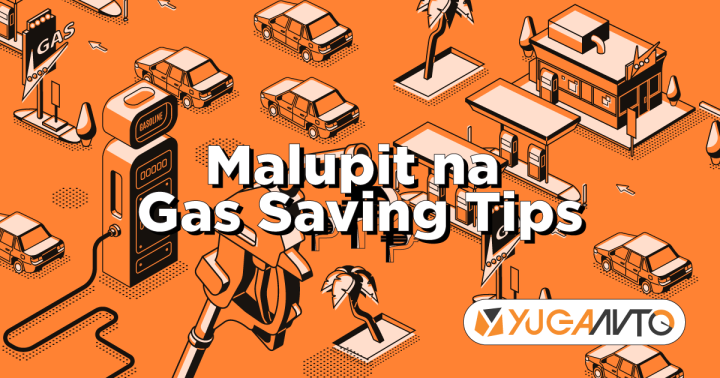
With gas skyrocketing to prices enough to make your wallet cry, it is no surprise that even daily commuting now seems like a big expense. We all would prefer to save a few bucks when driving so here’s a bunch of tips and tricks that could help you consume less gas.

Tips And Tricks To Consume Less Gas Without Sweating It
Now don’t expect this to double or triple your gas mileage but maybe this could help save for an extra couple of trips. Now let’s get to it!
Before hitting the road

Even before setting off to drive, one of the best ways to save is to not use any unnecessary gas. So here are some tips when planning your trip ahead
- Plan the route you’re going to take, especially if it’s long. Find the shortest or fastest route. Whichever you believe to save you the most gas.
- Take note of traffic reports and avoid any areas with accidents, road construction, or are known to be more congested.
- Combine your errands and short trips. Plan a route where not a lot of back and forth would occur.
- Take note when are the best times to drive on certain roads and areas.
- Avoid rough roads as dirt and gravel can cause you not to drive at a steady pace and apply more throttle.
- Avoid driving in heavy rain. This can cause extra rolling resistance when driving.
Remove Excess Cargo / Travel Light
Table of Contents
Lighter cars get better fuel economy as adding weight to the car means that more power will be needed to move. A general rule of thumb is that your gas mileage decreases by around 2% for every 100 lbs or 45kg your car carries extra. So be sure to get rid of any unnecessary items in your car. But be sure to keep the spare tire and emergency kit!
Use Sun Reflectors when Parking
A subtle gas-saving tip but using sun reflectors can help keep the temperature of your car’s cabin down while parked. This helps ease the load on the air conditioning when you get back.
Maybe skip out on the Premium Gas
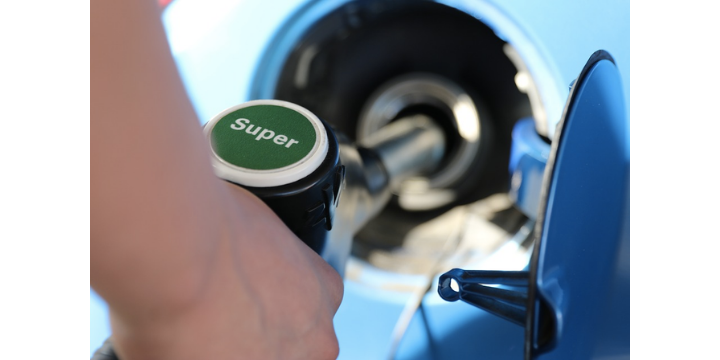
The vast majority of cars can perform perfectly fine with basic gasoline, though some engines with high compression ratios may need gas with higher octane ratings. So be sure to check the lowest grade fuel that your vehicle can use in your vehicle’s manual. Especially with gas prices as high as they are today, getting the regular stuff can do the job just fine and truly save you a lot of money.
Take note of Gas Prices around you
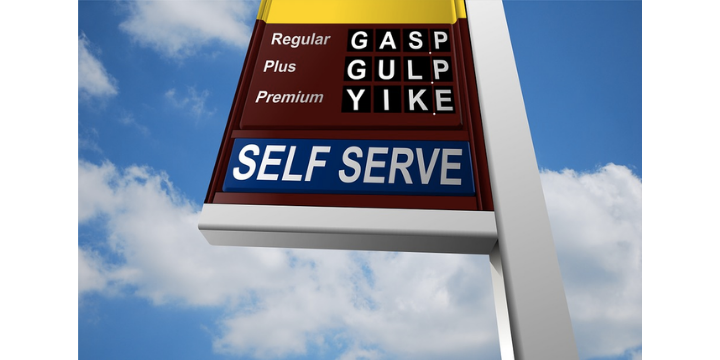
Have you ever noticed some gas stations being just not too far from each other can have slightly different prices? Well, I don’t understand it either but nonetheless, I’d still go for the one that’s slightly more affordable. Try going around your area and note which gas stations have the lowest prices and go at a time where not a lot of vehicles are lining up, I personally like to gas up on Sunday afternoons as there really isn’t anyone out at this time.
Another little tip is to make sure to keep the hose in the tank until after the pump shuts off and ensure all the fuel pours out of the nozzle. You can even get as much as a quarter of a cup from the hose. It might be just a little trick but nowadays every drop of fuel and penny counts.
Be Aerodynamic

Good aerodynamics reduces drag which can affect your car’s fuel efficiency, especially at high speeds. Try to minimize attaching anything on your car that can cause increased air resistance such as roof racks or trailers.
On the road
Drive Friendly and Go Easy on the Throttle
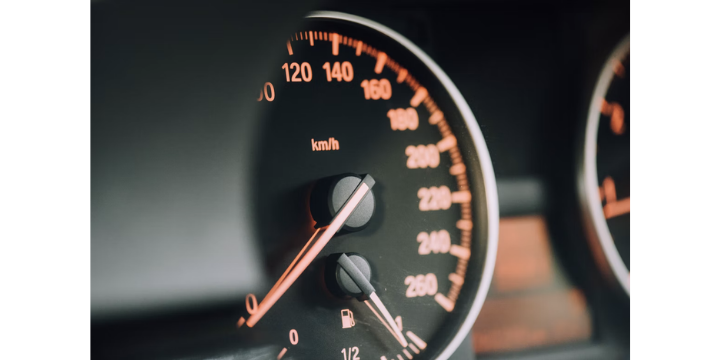
Gas mileage tends to decrease quite rapidly when you drive over 100 kph in most cases. To save gas, drive at a consistent rate of speed. Look ahead and avoid unnecessary braking as you will use more fuel to get back up to speed. Use cruise control when possible on highways with not a lot of cars. But be sure to stay alert!
Avoid any speeding, rapid acceleration, and repetitive braking. On average, poor driving habits can decrease your fuel economy by even up to 30%. Try to glide into your stops or coast when possible as not pressing on the throttle means less fuel will be injected into the engine. When going downhill try to cruise down safely without pressing on the throttle. Just be sure to accelerate and brake steadily and not go full-on Grand Theft Auto mode swerving and overtaking when driving.
Avoid Idling
Idling or having your car running but not moving is one of the worst ways you can waste gas. As you are literally getting 0 kilometers per liter. But living in the Philippines can be quite hot, to say the least. So be sure to turn that engine off and roll down the windows if you remain stationary for long periods of time.
Turn Off the Engine at Stoplights or in Traffic
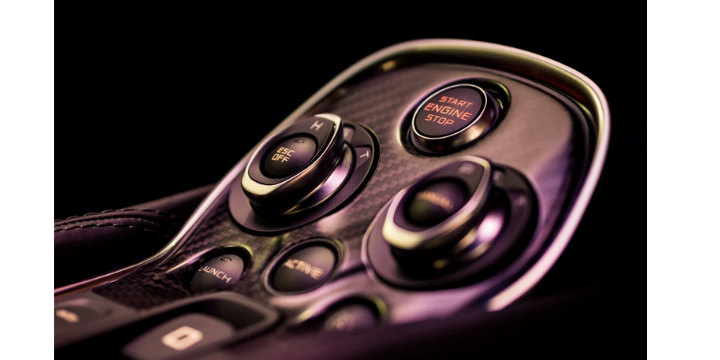
This one may sound silly but when you actually think about it, it does help. Especially nowadays where stoplights can be over 2 minutes long and with traffic just getting worse. If you know you’ll be stuck for quite a while without moving, you might just want to turn the car off rather than remain idle in traffic.
Minimize Air Conditioning

Although the thought of turning off the AC here in the Philippines sounds like a recipe for one sweaty ride. However, try to consider using the AC in moderation whenever possible as operating air conditioners can use up to 10% extra fuel. This is best paired with the windows down when driving at low speeds.
Don’t Drive Fast with Open Windows
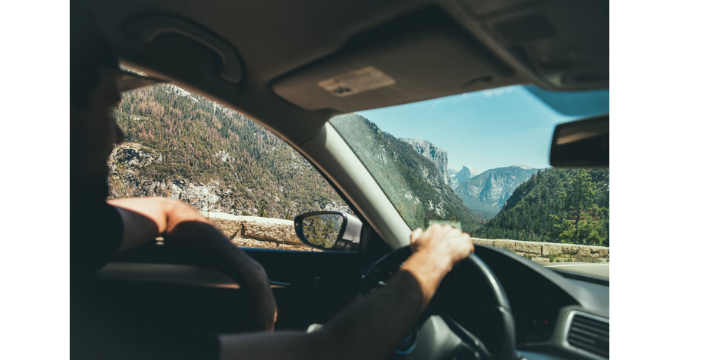
When driving fast on the highway some may think that this would be a great opportunity to turn off the AC and roll down the windows to enjoy the nice air passing by. Well, don’t. This can create more create wind resistance and make your car less aerodynamic which can lead to fuel consumption going up. So in this case remember when going fast, maybe keep the windows up.
Use the Highest Feasible Gear
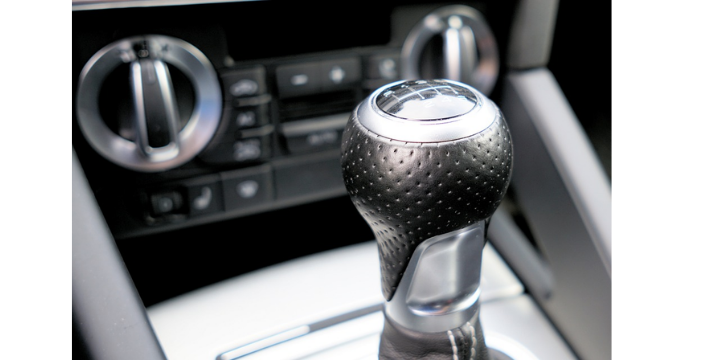
When driving automatics, you can expect it to shift up more quickly and smoothly when you ease back slightly on the accelerator as the car speeds as the car.
When driving manual cars, make sure to turn to a gear that maintains low revs. Most engines run efficiently around 1,500 to 3,000 rpm. Especially when using a manual transmission, traveling fast at low gears can almost double your fuel economy. Furthermore, avoid lugging. This means driving at a gear too high while your car is at a really low RPM. This causes your engine to work harder when it doesn’t need to, causing it to wear down and be less efficient. This also means not downshifting gears when slowing down. You’ll know you’re lugging when your car starts to jerk, shake, or even stall.
Routine Maintenance for your Car
There are many things to maintain in a car but be sure to keep up with general maintenance. Avoiding routine maintenance can adversely affect your fuel economy especially when costly issues arise. Common issues that can cause your fuel economy to go down are old spark plugs, clogged air filters, fuel injection system problems, and poor tires.
Maintain Tire Pressure and Tire Alignment
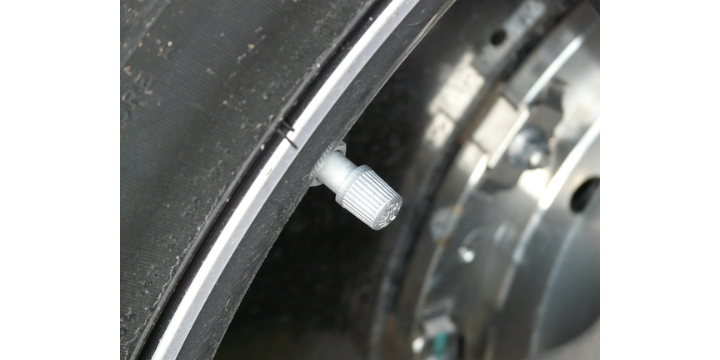
Under-inflated tires can increase rolling resistance, use more fuel, and wear out more rapidly. Keeping your tires inflated to the proper air pressure level can help reduce fuel consumption by up to 4% and help extend your tire’s lifespan. So be sure to check your car’s tire’s recommended pressure usually in the owner’s manual or on the edge of the driver’s door.
Misaligned tires can also cause drag and reduce fuel efficiency. This can also wear your tires more out quickly. You may notice this occur if ever you see your steering wheel vibrate. Make sure that your tires are balanced and rotated regularly.
Replace your Dirty Air Filter
Your air filter allows fresh air to pass through your engine and mix with the fuel, improving fuel economy. Dirty air filters that accumulate with dust can cause the engine to work harder resulting in worse fuel economy. The benefits of a new air filter are immediate and can improve your fuel economy by up to 10%.
Use High-Quality Oil

Some say that using low viscosity oils may help decrease engine friction and help fuel economy. Despite its benefits, it’s important to know that engines nowadays have varying lubrication needs. So ensure that the oil you use is the same viscosity grade recommended for your vehicle. It is also worth noting that you should be high-quality, brand-name oil despite the cost as not doing so can cause you more in the long run.
Don’t Drive

Okay, hear me out. The best way to consume less gas is to actually not use gas. I’m just saying if there is an opportunity to not use gas, might as well take that alternatively. If your destination isn’t too far, going for a nice walk can help you save gas and get some exercise in. Consider also using a bike if the roads you take are safe enough. You could also try doing rideshare if you and your friends or coworkers head to the same place routinely and just split the gas money.
Do you know any more gas-saving tricks? We’d love for you to share them! Be sure to like and comment on your favorite gas-saving trick down below!




